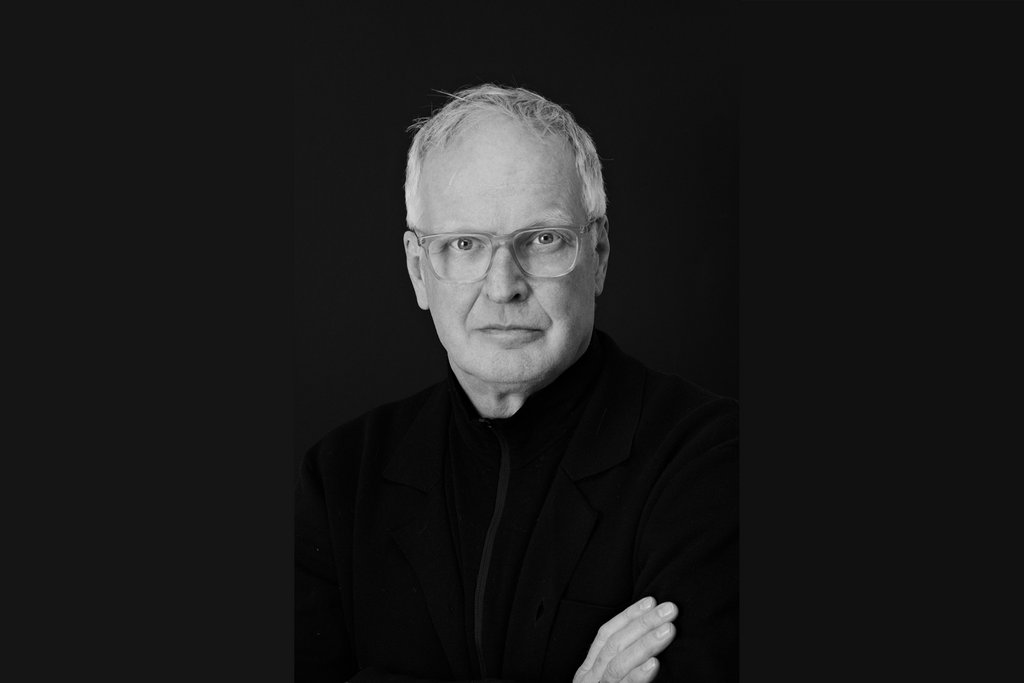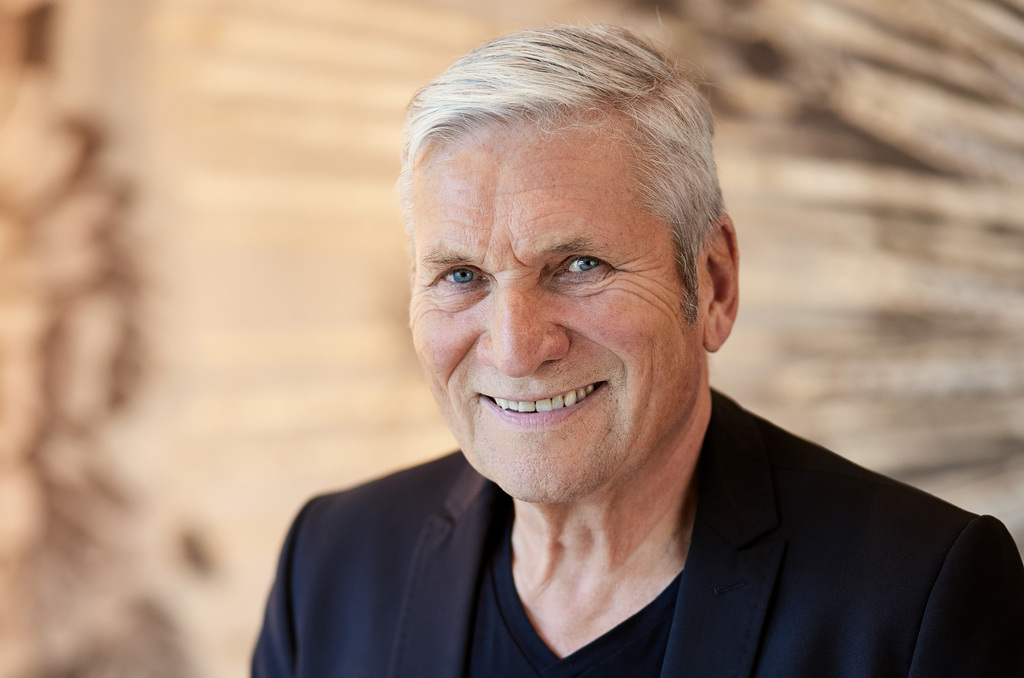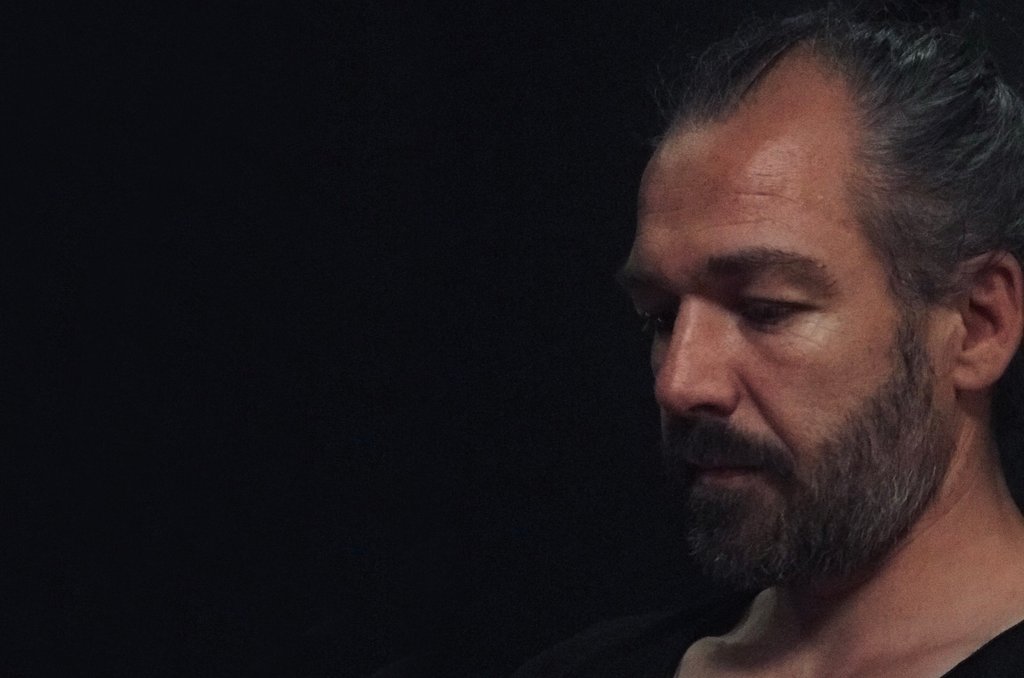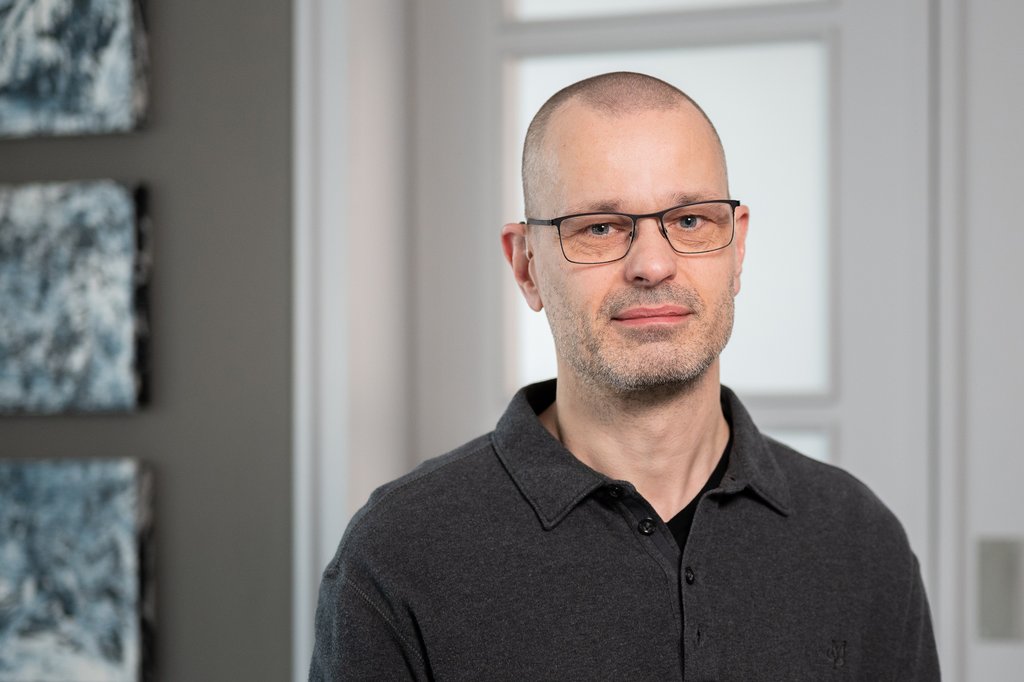One issue that concerns people and which your umbrella association will be promoting at the sanitary industry’s leading fair, the ISH, is the usability of the bathroom, especially for older people. Why does the industry sometimes seem to have a little trouble coming up with appropriate concepts, even though it’s not just a market with a future but undeniably a growth market as well?
Some good product solutions are already available. But I think it calls for an integrative approach: what should a bathroom like that actually look like? How can the bathroom still be used in old age, preferably at home and in private, without the need for help? That kind of architectural concept hasn’t been elaborated or practised clearly enough by the sanitaryware manufacturers yet. We’re going round in circles to some extent: if demand isn’t stimulated by the sales channel – in the sense of marketing for potential product and architectural solutions – the manufacturers are less willing to invest in that type of product.
Isn’t that also partly due to the terminology?
It’s difficult to find the right marketing strategy in this case. How do I address this target group? The approach we’re talking about is normally called “barrier-free” – a very functional interpretation that doesn’t exactly whet people’s appetite for a new bathroom. Perhaps we need to present it more emotionally. The products are getting better and better, not only technically but aesthetically as well. What we’re still missing is the right way to make a 60-year-old house-builder aware of the fact that, 10 years from now, he might not be able to get into the bathtub on his own. It’s comparable with the challenge of selling a bidet. That’s why we’re very anxious to see how successfully the shower toilets and toilet conversion units can be marketed.
But when it comes to the topic of “bathrooms for the elderly”, it seems as if, up until now, things have revolved around industrial standards rather than people’s needs.
We have to push the whole thing more. But in terms of demographic change, I think the fundamental orientation society adopts will play a crucial role as well. After all, the big political question that’s been the subject of debate for so many years – and is now being precipitated by demographic change and medical progress – is how we’re going to finance our health care system. I think we need a paradigm shift – along the lines of prevention is better than cure. Our whole health care system, which costs us billions, is actually an aftercare system. We have to invest more in prevention! Society is going to have to face up to that – both in terms of the political and insurance-related parameters and in terms of private initiative. Prevention is a huge issue! And that’s where I think the bathroom can play a major role. When it comes to demographic change, we shouldn’t just think about how the bathroom can be used independently well into old age, we have to think about how people can stay independent too. How can I stay fit? How can I stay healthy for as long as possible? The bathroom could become the prevention centre for physical wellbeing and physical health. And if we think of the bathroom as a place of retreat, it could become the centre for spiritual health as well.
The second part of the interview you can read here.
The third part of the interview you can read here.




